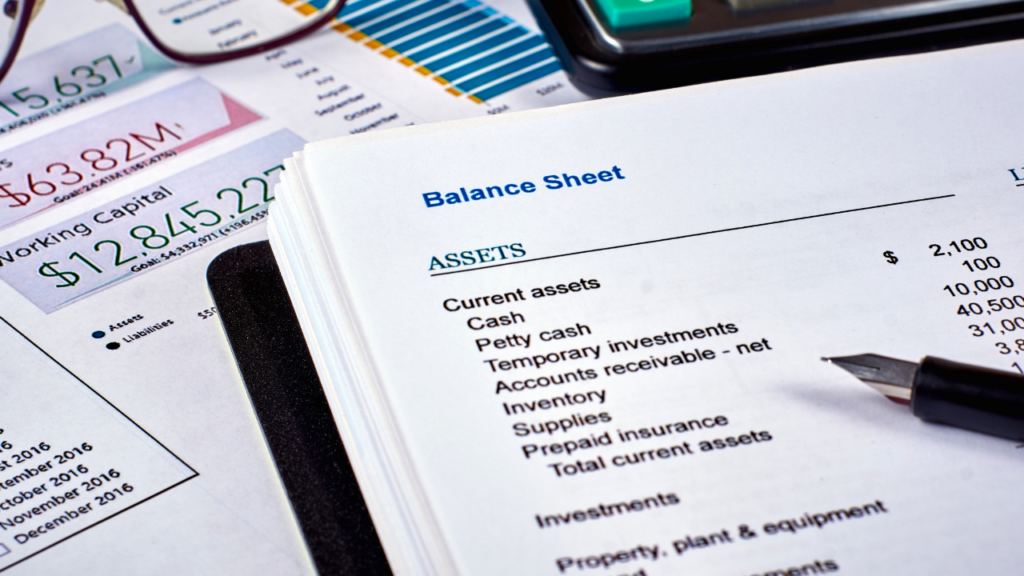
Balance sheets are financial statements that provide a snapshot of a company’s financial position at a specific point in time. They show the company’s assets, liabilities, and equity and are used to help investors, lenders, and other stakeholders evaluate the business’s financial health. This article will explore balance sheets and how they are used in business finance.
Understanding the Basics of Balance Sheets
A balance sheet is structured to show the relationship between a company’s assets, liabilities, and equity. The assets are listed on the left side of the sheet, and the liabilities and equity are listed on the right side. The equation that balance sheets follow is:
Assets = Liabilities + Equity
This means a company’s assets must equal its liabilities and equity. If the two sides of the balance sheet don’t balance, it indicates an error in the accounting or reporting process.
Assets are resources that a company owns and controls, such as cash, inventory, property, and equipment. Liabilities are obligations that a company owes to others, such as loans, accounts payable, and taxes. Equity is the residual interest in a company’s assets after deducting its liabilities.
Using a Balance Sheet in Business Finance
Used in business finance for a variety of purposes, such as:
Evaluating a Company’s Financial Health: Balance sheets are a vital tool for assessing a company’s financial health. Reviewing it, investors, lenders, and other stakeholders can see how much the company owns (its assets), owes (its liabilities), and how much equity is left over.
Making Investment Decisions: Investors use balance sheets to determine whether a company is a good investment opportunity. They may look at factors such as the company’s cash position, debt levels, and working capital to determine if it is financially stable and has growth potential.
Securing Financing: Lenders use balance sheets to assess a company’s creditworthiness and determine whether they will extend credit. A strong balance sheet with low debt levels and sufficient working capital can help a company secure financing at favorable terms.
Tracking Performance Over Time: Businesses can track their financial performance and identify trends by comparing balance sheets over time. For example, if a company’s debt levels are increasing while its cash position is decreasing, it may indicate that it is struggling financially.
Planning for the Future: Balance sheets are an essential tool for financial planning. They can help businesses identify areas where they need to improve their financial position, such as by reducing debt levels, increasing working capital, or improving cash flow.
Limitations of Balance Sheets
While vital for assessing a company’s financial health, they have some limitations. For example:
Limited Scope: Balance sheets provide a snapshot of a company’s financial position at a specific point in time. They don’t provide information about a company’s operating performance, cash flow, or future prospects.
Historical Data: Balance sheets provide historical data and may not reflect current market conditions or future trends.
Subjectivity: The values of assets and liabilities on a balance sheet may be subject to interpretation, which can affect the accuracy of the information.
A balance sheet is a financial statement that provides a snapshot of a company’s financial position at a specific point in time. It is an essential tool for evaluating a company’s financial health, making investment decisions, securing financing, tracking performance over time, and planning for the future. While not without limitations, they are essential to business finance and are used by investors, lenders, and other stakeholders to make informed decisions.
